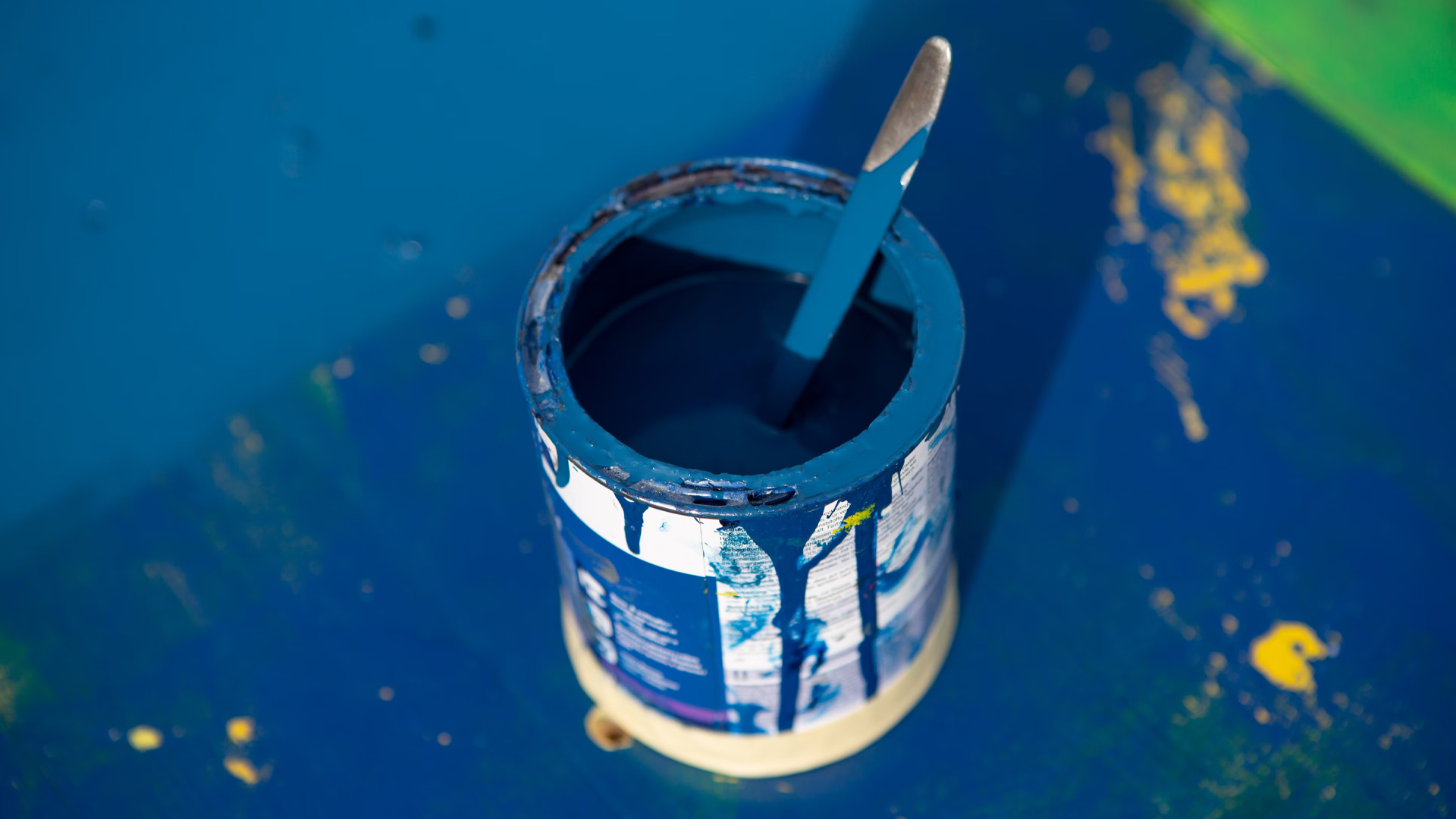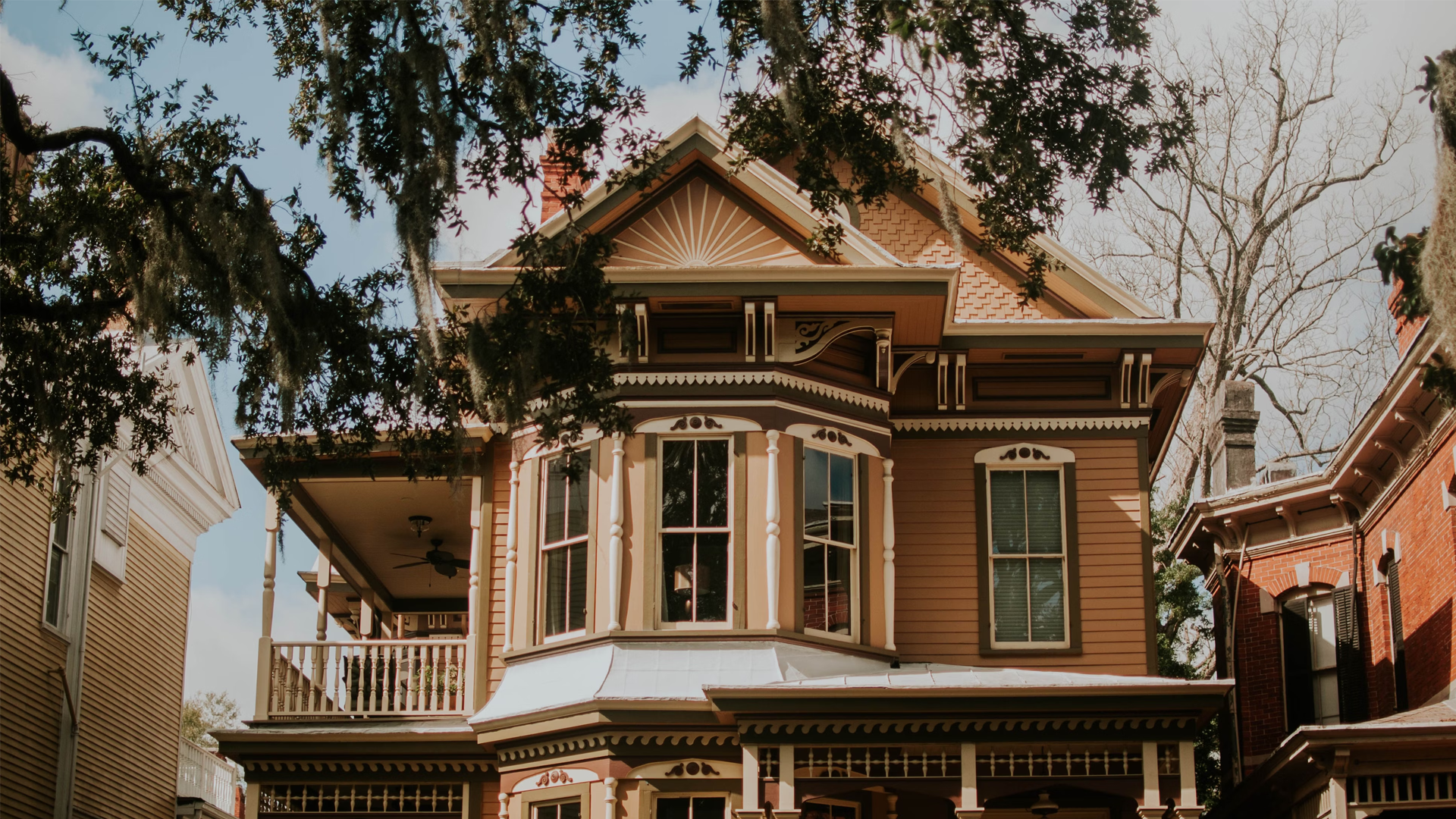Key Take Aways
Key Take Aways
House rendering offers passive fire protection
Cement and lime renders form non-combustible layers on exterior walls, slowing flame spread and blocking radiant heat from wildfires.Material choice is critical
Cement render is highly fire-resistant, lime render is breathable and non-combustible, while acrylic and silicone renders require specific additives and sufficient thickness for effective protection.Thickness matters
Thicker fire-resistant render absorbs more heat, helping delay ignition of underlying materials—often mandated in building codes.Defends against embers and radiant heat
Rendered walls reduce ember ignition risk and shield structures from heat of nearby fires, crucial in wildfire zones.Multi-benefit improvements
Beyond fire defence, rendering enhances weather resistance, boosts insulation, elevates aesthetics, and may raise property value.Integrate with broader fire-hardening strategy
Rendering complements other home-hardening efforts—like Class A roofing, ember-resistant vents, non-combustible siding, dual-pane windows, defensible space, and fire-resistant decking/materials.Ongoing maintenance is key
Fire safety isn’t one-off: regular inspection and upkeep—cleaning gutters, maintaining space around render, checking render integrity—are essential to retain protection over time.
The Role of House Rendering in Protecting Your Home from Fire Damage
Fire protection is a key concern for homeowners, particularly in areas prone to wildfires or extreme heat. While many people think about fire alarms, extinguishers, and evacuation plans, few realize that the materials used on the exterior of their homes can also play a significant role in fire prevention. House rendering is one such exterior finish that not only improves the appearance of a building but can also act as a crucial line of defense against fire damage.
In this article, we will explore the role of house rendering in protecting homes from fire and why it’s an important consideration for homeowners looking to boost their home’s fire resistance.
1. What is House Rendering?
House rendering refers to the application of a protective coating or layer, typically made from cement, lime, acrylic, or silicone-based materials, to the exterior walls of a home. This render acts as a protective barrier against the elements, including wind, rain, and temperature fluctuations. Depending on the material, it can also improve the thermal insulation of the house and add to its aesthetic appeal.
However, beyond weather resistance and visual enhancement, modern renders can also offer fire protection, depending on the materials used and how they are applied.
2. Fire-Resistant Properties of Different Renders
Not all render materials are created equal when it comes to fire protection. Some materials are inherently more fire-resistant than others, making them a better choice for fire-prone areas. Here’s a breakdown of popular rendering materials and their fire-resistant capabilities:
- Cement Render: Cement-based renders are highly fire-resistant, as cement does not ignite or burn easily. When applied correctly, cement render creates a solid, non-combustible layer on the exterior walls of the house, offering significant protection against fire. It can prevent flames from penetrating the house, buying valuable time during a fire event.
- Lime Render: Lime is another natural material with fire-resistant properties. Although it is not as robust as cement in terms of fire restoration York, it does provide a breathable, non-combustible barrier that can help slow the spread of fire.
- Acrylic Render: Acrylic render is flexible and durable, but it’s made from plastic polymers, which means it’s less fire-resistant than cement or lime. However, many acrylic renders are formulated with additives that increase their resistance to heat and flames. It’s important to check for specific fire-resistance ratings when considering acrylic render.
- Silicone Render: Silicone render is popular for its water resistance and breathability, but like acrylic render, it may have lower fire resistance. However, modern advancements in rendering technology often include fire-resistant additives, making silicone render an option in areas where both weather and fire protection are a concern.
3. The Importance of Render Thickness
The thickness of the applied render can also affect its ability to resist fire. A thicker layer of fire-resistant render can act as a stronger barrier between the flames and the structural elements of the house. In a fire, the render absorbs heat, slowing down the time it takes for the underlying material to catch fire. This gives firefighters and homeowners more time to take action before significant damage occurs.
In some regions, building codes mandate the use of fire-resistant materials, including a minimum render thickness, to enhance fire safety in residential buildings.
4. House Rendering as a Passive Fire Protection System
Passive fire protection refers to building materials and methods designed to slow the spread of fire without requiring any human intervention. House rendering, when done with the right materials, serves as a passive fire protection system by preventing the rapid spread of flames across the exterior of a building. In the event of a wildfire, for example, having a non-combustible exterior render can prevent embers from igniting the exterior walls, providing a crucial line of defense.
Additionally, rendering the walls of a house can protect against the heat generated by nearby fires, reducing the risk of the structure catching fire from radiant heat. This is particularly important in densely populated areas or regions prone to wildfires, where radiant heat from nearby burning structures or vegetation can ignite homes even if the flames haven’t reached them yet.
5. The Role of Rendering in Wildfire Protection
In wildfire-prone areas, homes are at greater risk from embers, which can travel long distances on the wind and ignite dry, combustible materials. Embers can land on roofs, decks, or exterior walls and start fires. When a home is rendered with fire-resistant materials, the chance of these embers finding a combustible surface is greatly reduced. This makes rendering a critical component in wildfire protection strategies.
A well-rendered home not only protects the structure but also reduces the overall fire load, meaning that in the event of a fire, less combustible material is available to fuel the flames, further slowing the fire’s progress.
6. Additional Benefits of House Rendering
Beyond fire protection, house rendering offers several other benefits:
- Weather Resistance: A rendered home is better protected against harsh weather conditions, such as wind, rain, and snow.
- Thermal Insulation: Some renders can improve the thermal insulation of a home, making it more energy-efficient.
- Aesthetic Appeal: Rendering can transform the appearance of a home, giving it a fresh, modern look.
- Increased Property Value: A home that is rendered can have a higher market value due to its enhanced curb appeal and structural protection.
Conclusion
House rendering plays an essential role in protecting homes from fire damage, particularly in areas prone to wildfires or high temperatures. By choosing the right materials, such as cement or lime-based renders, and ensuring proper application and thickness, homeowners can significantly reduce their fire risk. House rendering acts as a passive fire protection system, offering a non-combustible barrier that slows the spread of flames, protects against radiant heat, and reduces the risk of ember attacks.
Whether you’re looking to enhance the visual appeal of your home or safeguard it from potential fire hazards, investing in quality house rendering is a practical and effective solution.





